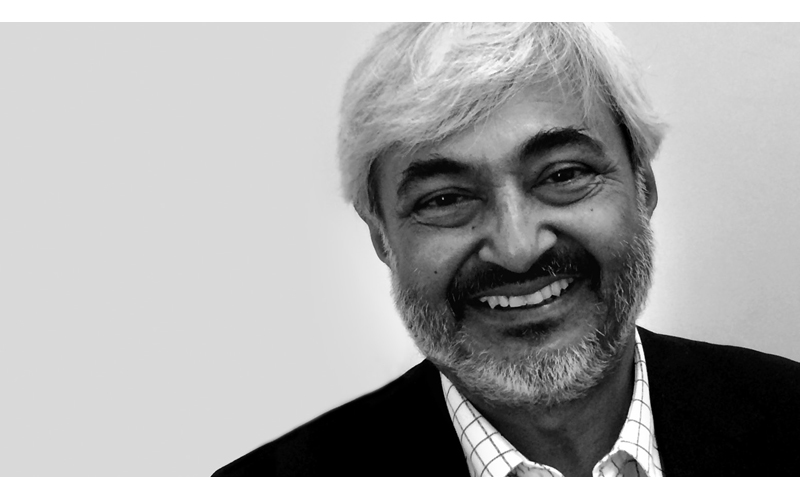Theory and Discourse
Re-visioning Heritage
LA 48 |
|
| In conversation with Subir Hari Singh, vice-chairman of the Indian Heritage Cities Network Foundation (IHCN-F), on the mandate and process of funding of the IHCN-F for heritage projects, the important factors that must be considered during any conservation project in a country like India and the state of a project after conservation.
|
|
 |
|
The Indian Heritage Cities Network Foundation (IHCN-F) was founded as a programme by UNESCO New Delhi Office at an international con¬ference on Indian Cities of Living Heritage in September 2006 at Jaipur. Established with the endorsement of the Ministry of Urban Development, Government of India, together with ten Indian cities, several institutions and non-governmental organizations (NGOs) and seven French cities, as well as the French heritage cit¬ies association Association Nationale des Villes et Pays d’Art et d’Histoire (ANVPAH), IHCN-F has since grown to encompass more than thirty two cities, and has gained the support of major Indian and international institutions, NGOs and individuals in the field of urban development, heritage preservation and capacity building.
Here, Subir Hari Singh, Vice-Chairman of the organization, and former Additional Chief Secretary, Government of Karnataka, discusses its approach and outlook.
What is the mandate of IHCN-F?
While IHCN-F was set up by the UNESCO in 2006, it was necessary to convert it into a sharply Indian focus. Our basic mandate is to help Indian ur¬ban authorities, cities, corporations and villages to make heritage-based Master Plans, restore old buildings, monu-ments with traditional techniques. We bring to the table professionals and experts which an individual city or town may find difficult to approach. We are helping a few towns and cities in making their Development plans and helping them re-vision and develop their heritage areas. We are also in close touch with the State Governments in many States for drafting the Heritage Policies in a few, which if they accept takes the dialogue forward. Intangible heritage, natural landscape and cultural heritage are also on our concern radar.
Many projects are at a preliminary stage in Rajasthan, Mysore, heritage villages of Karnataka and towns like Bidar. Most of this work has been done in the past two years and plans are in the process of being approved. We hope the impact of that will also be seen in the coming years.
|
|
|
|

|
|
|
|
|